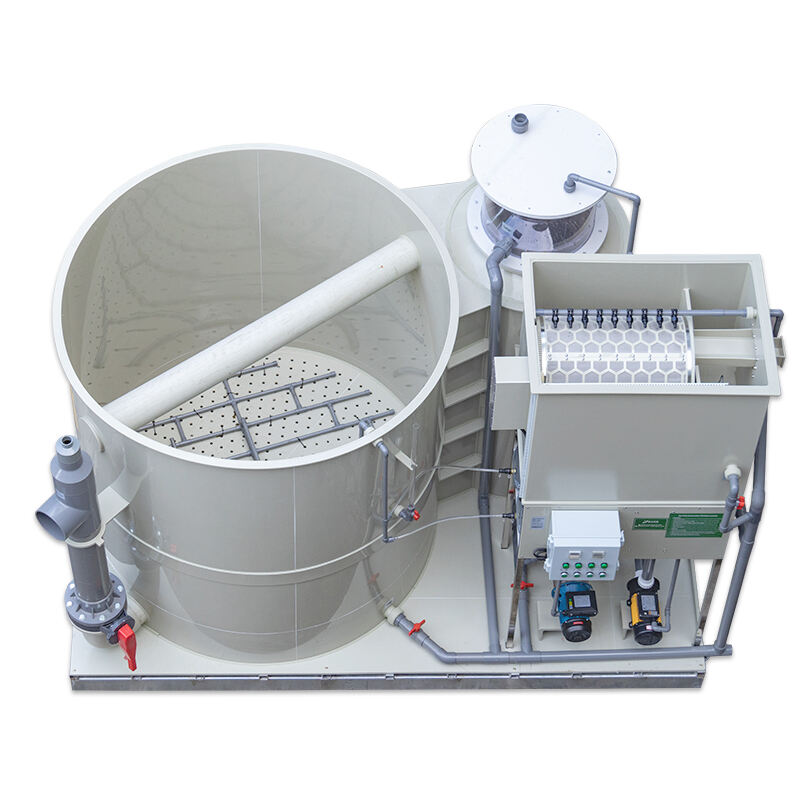commercial oxygen generator
A commercial oxygen generator represents a cutting-edge solution for businesses requiring a consistent and reliable oxygen supply. This sophisticated system utilizes Pressure Swing Adsorption (PSA) technology to separate oxygen from ambient air, delivering high-purity oxygen on demand. The generator operates by drawing in atmospheric air, removing moisture and particulates through advanced filtration systems, and then separating nitrogen from oxygen using specialized molecular sieve beds. Modern commercial oxygen generators typically achieve purity levels of 90-95%, making them suitable for various industrial, medical, and commercial applications. These systems are designed with automated pressure monitoring, flow control mechanisms, and digital interfaces that enable precise output management and system diagnostics. The generators come in various sizes and capacities, ranging from compact units producing a few liters per minute to industrial-scale systems capable of generating thousands of cubic meters per hour. Key components include air compressors, cooling systems, molecular sieve tanks, oxygen storage tanks, and sophisticated control panels that manage the entire operation. The integration of smart technology allows for remote monitoring, automated maintenance alerts, and optimization of operating parameters for maximum efficiency.


